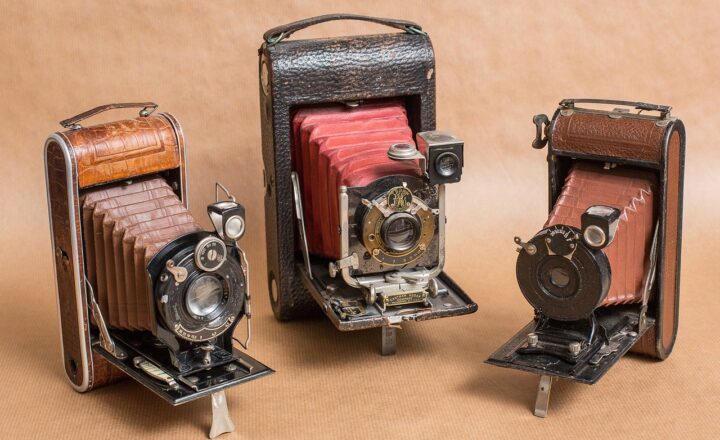
Antique collecting is a fascinating and rewarding hobby that offers enthusiasts not only the thrill of the hunt but the satisfaction of cherishing and preserving pieces of history. Whether you are a seasoned collector or just beginning your journey, understanding how to identify and value antique collectibles is crucial for building a valuable collection. This guide will equip you with the knowledge and skills to effectively assess the authenticity, condition, and worth of antique items.
1. What Makes an Item Antique?
To qualify as an antique, an item typically must be at least 100 years old. However, this criterion can vary among collectors and dealers, with some considering vintage items to be antiques if they are around 50 to 99 years old. Here are key factors that contribute to an item’s classification as antique:
- Age: As mentioned, most items must meet the 100-year threshold, though exceptions exist.
- Rarity: Limited production items or those unique in design or craftsmanship are more valuable.
- Condition: The overall state of the item significantly impacts its value.
- Provenance: Documentation or history of ownership can enhance an item’s value.
- Craftsmanship: Handcrafted items often possess more value than mass-produced counterparts.
Understanding these criteria will help guide you as you begin to identify potential antiques in your collection or while out flea marketing.
2. How to Identify Antiques
Identifying an antique requires a keen eye and basic knowledge of the styles and materials prevalent in different eras. Follow these steps to identify antiques like a pro:
- Research Styles and Periods: Familiarize yourself with different antique styles (e.g., Victorian, Art Deco, Colonial) and the materials commonly used. Books, websites, and antique guides can provide valuable insights.
- Examine Markings: Many antiques feature manufacturer stamps, artist signatures, or labels that can confirm authenticity. Use a magnifying glass to find and interpret these clues.
- Look for Signs of Age: Check for characteristics that indicate age, such as patina on metals, wear on handles or edges, and the condition of upholstery.
- Understanding Craftsmanship: Examine the quality of construction, joinery techniques, and materials. Hand-stitched seams or dovetail joints are indicators of quality craftsmanship.
Developing a discerning eye will enhance your ability to recognize antiques and differentiate them from reproductions.
3. Assessing Condition and Restoration
Condition plays a pivotal role in an antique’s value. Here’s how to assess and classify the condition of an antique:
- Mint: As new; no visible signs of wear or damage.
- Excellent: Slight wear visible, but piece is intact and usable.
- Good: Noticeable wear or minor damage that may affect usability but does not detract greatly from overall appeal.
- Fair: Significant wear or damage requires repair; however, the item retains enough interest to be valuable.
- Poor: Heavy damage or extensive repairs; the item is more suitable for restoration projects rather than display.
Before purchasing, it’s essential to consider whether restoration is necessary or feasible. While expert restoration can enhance value, poorly executed repairs can adversely affect an antique’s worth. Remember, preserving the original character is paramount.
4. Determining Value: Tools and Resources
Valuing antiques is both an art and a science, requiring a combination of market knowledge, research, and intuition. Here are steps to effectively determine the value of your collectibles:
- Consult Price Guides: Use printed and online price guides that provide current market values for various types of antiques.
- Visit Auctions and Antique Shows: Attend local auctions or antique fairs to observe selling prices and assess market trends.
- Get Professional Appraisals: For high-value items, consider professional appraisals, which include detailed reports on provenance and market trends.
- Use Online Resources: Websites like WorthPoint, Heritage Auctions, or eBay can provide insight into recent sales and market conditions.
By utilizing these resources, you’ll gain insight into the value of your items and make informed decisions when adding to your collection.
5. The Importance of Networking
Building connections with other collectors and dealers can greatly enhance both your knowledge and your access to unique items. Here are strategies to foster effective networking:
- Join Collector Clubs: Connect with local or online collector groups to share experiences, knowledge, and resources.
- Participate in Forums: Engage in online forums and social media groups to discuss antiques, swap tips, and find potential sales.
- Attend Workshops: Many antique shows offer workshops taught by experts. Joining these sessions will improve your identification and valuation skills.
Networking not only enhances your knowledge but also opens doors to potential purchases that might not be publicly listed.
Conclusion
Antique collecting is an enjoyable pursuit that offers both educational and financial rewards. By understanding how to identify, assess, and value antique collectibles, you’ll find greater joy in enhancing your collection. Always remember, the thrill lies not just in the potential value of the items but in the stories they carry and the history they represent. Happy collecting!






